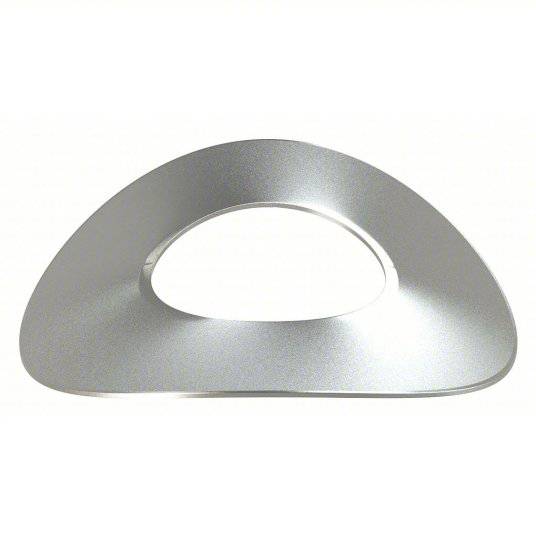Re: Resurrecting a 1951 Henney-Packard Parts Car
Posted by Packard Don On 2023/7/15 21:08:31
Quote:
Thank you Howard. It seemed to me that it made sense to put it between the flange of the arm and the lever as you said and is what I started to do but as tight as they are, I wanted to be sure! I need to find out why it's so tight which is probably an aliment issue as I did try on the arms by themselves before attaching them to the transmission. I forgot to post the photo so I'll go back to the question to add it. Oddly, the size of the washer specified in the parts book is considerably larger than the shafts while the flat washer specified is the proper size.
On the spring, I had that chart in my hand on my phone while looking under the car today but see nothing and not even a hole where a bracket might be! I'll look a bit more tomorrow.
No, a curved washer is not a Belleville washer. A Belleville is typically concave (or convex, depending how you're looking at it) while a curved washer is a very thin washer with a curve or bend across it. There are also wavy washers which are similar but have multiple bends. Here's a generic photo of a curved washer.
Attach file:
 22RJ47_AS01.jpeg (13.28 KB)
22RJ47_AS01.jpeg (13.28 KB)

Regular cars thru 50 had rods with a fairly wide flanged end where the part that went thru the various bushings fastened. On those a wave washer went between the flange and lever to control vibration. The flange pushed on one side and the lever on the other to compress the washer. A regular flat washer went next to the cotter key. If the 51 rods are similar and it is a fairly thin Belleville washer it probably goes in the same place. I doubt it really matters which side the curved washer is placed just as long as it contacts enough of a surface at the curved side to provide a slight tension to keep vibration under control once the cotter key is inserted.
Thank you Howard. It seemed to me that it made sense to put it between the flange of the arm and the lever as you said and is what I started to do but as tight as they are, I wanted to be sure! I need to find out why it's so tight which is probably an aliment issue as I did try on the arms by themselves before attaching them to the transmission. I forgot to post the photo so I'll go back to the question to add it. Oddly, the size of the washer specified in the parts book is considerably larger than the shafts while the flat washer specified is the proper size.
On the spring, I had that chart in my hand on my phone while looking under the car today but see nothing and not even a hole where a bracket might be! I'll look a bit more tomorrow.
No, a curved washer is not a Belleville washer. A Belleville is typically concave (or convex, depending how you're looking at it) while a curved washer is a very thin washer with a curve or bend across it. There are also wavy washers which are similar but have multiple bends. Here's a generic photo of a curved washer.
Attach file:
 22RJ47_AS01.jpeg (13.28 KB)
22RJ47_AS01.jpeg (13.28 KB)
This Post was from: https://packardinfo.com/xoops/html/modules/newbb/viewtopic.php?post_id=259317